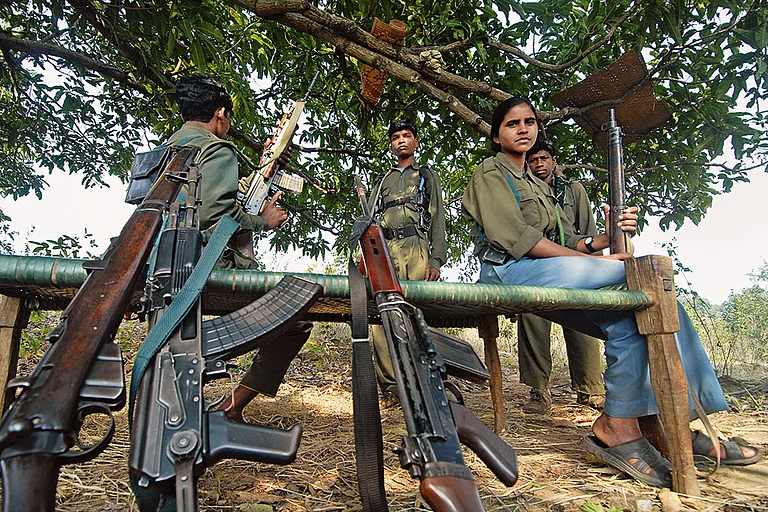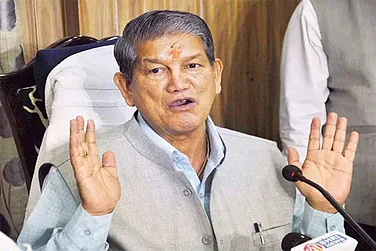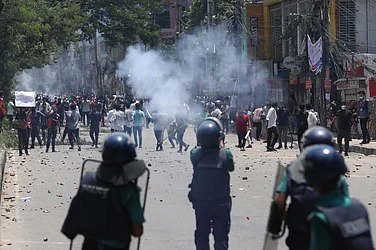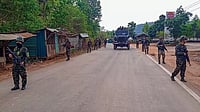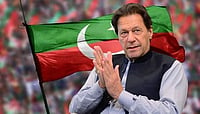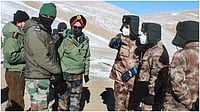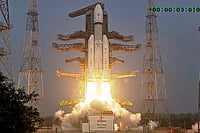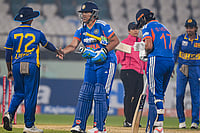
- A delegation from the Garoland State Movement Committee (GSMC) submitting a memorandum to the Centre.
- Committee stressed that the creation of Garoland was not only a constitutional right but also essential for safeguarding the cultural.
- The memorandum flagged several urgent local issues needing government attention, though details were not disclosed in the statement.
The demand for a separate state of Garoland resurfaced in the national capital on Tuesday, with a delegation from the Garoland State Movement Committee (GSMC) submitting a memorandum to the Centre under Article 3 of the Constitution, which allows Parliament to create new states.
The delegation, led by GSMC Assistant General Secretary Tony Balsam Ch Marak, included Acting Chairman Balkarin Ch. Marak, Publicity Secretary Chevibirth Koknal, Executive Member Amresh Ch. Marak, and Organising Secretary Jason Tekrang.
In its memorandum, the GSMC said the call for Garoland was a "historic and longstanding” demand, tracing its roots to 1895, when Garo leader Late Matgrik Sonaram R. Sangma first sought a separate homeland during the British era. The movement was later championed by leaders such as Late Mody K. Marak and Late Emonsing M. Sangma, who pressed for the unification of Garo-inhabited areas of Assam’s Goalpara and Kamrup districts and the Mymensingh region (now in Bangladesh) within the Indian Union.
The committee stressed that the creation of Garoland was not only a constitutional right but also essential for safeguarding the cultural, political, and developmental aspirations of the matrilineal Garo community in Meghalaya. Alongside statehood, the memorandum flagged several urgent local issues needing government attention, though details were not disclosed in the statement.
The GSMC said its demand reflects the community’s aspiration for self-determination, identity, and equitable development, and vowed to continue its movement until Garoland is realized.









